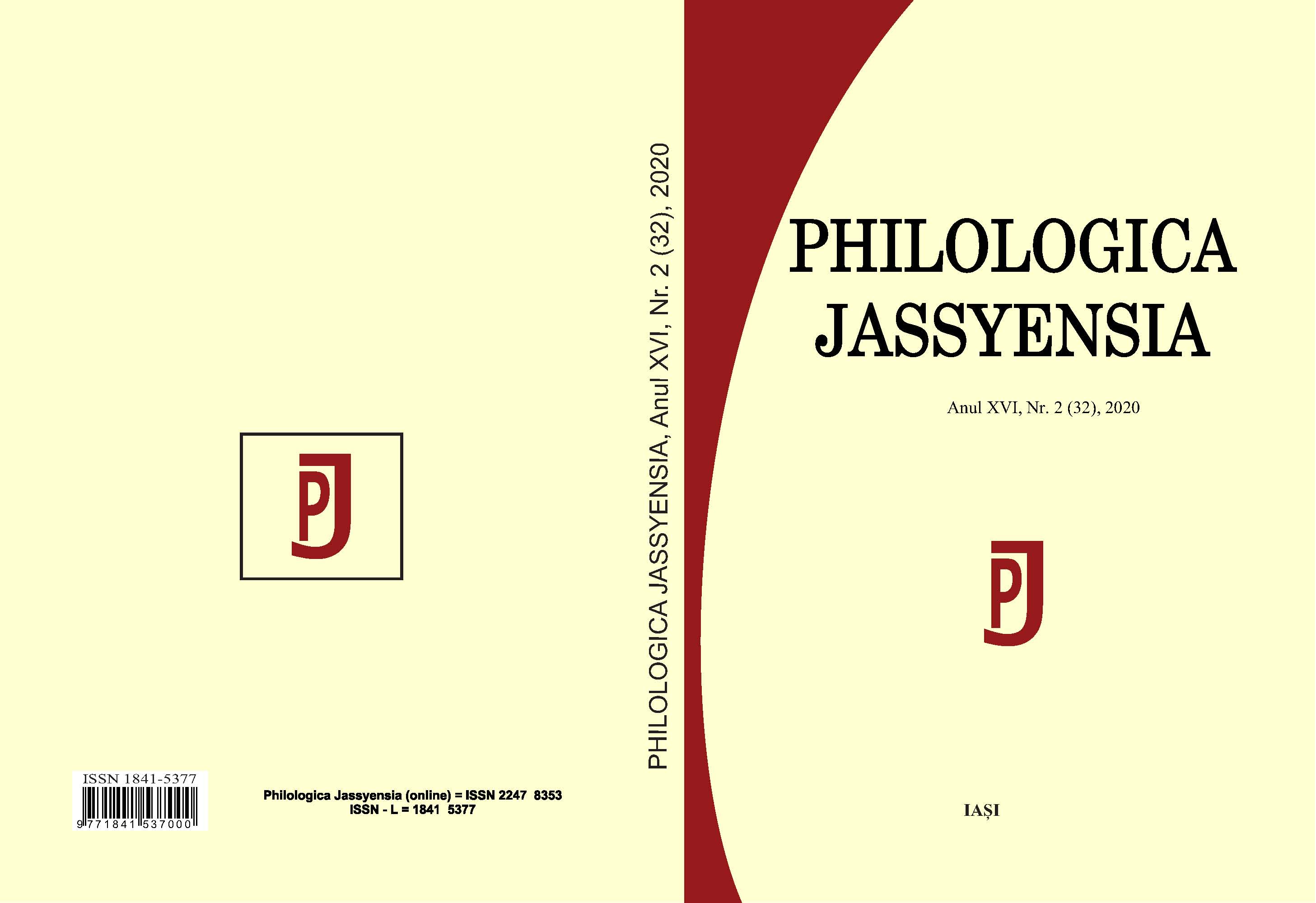MultiGram, un outil innovant pour un apprentissage inventif des langues
MultiGram, An Innovative Tool for Creative Language Learning
Author(s): Annick Englebert, Sabina Gola, Cristina-Alice TomaSubject(s): Foreign languages learning
Published by: Editura Tracus Arte
Keywords: multilingualism; independent learning; language learning/ teaching; e-learning; communicative grammar;
Summary/Abstract: MultiGram is a multilingual platform, originated in the professional experience of a few teachers from the Department of Languages and Literatures at the Université libre de Bruxelles (ULB). It was developed to meet new profiles of language students and new expectations in language learning and was conceived as a complementary tool for language teaching and learning. It is freely available online at http://multigram.ulb.ac.be. As it stands, it currently covers six languages: German, English, Spanish, French, Italian, Dutch. This platform includes, for each described language, 1) a portal dedicated to traditional grammatical categories (noun, verb…), 2) a portal dedicated to communicative categories (how to use a word or a phrase, how to express an idea…) and 3) a portal referring to the different levels of progression in language learning of the Common European Framework of Reference for Languages.Innovative in its design, MultiGram is a tool that allows a communicative approach to languages. It also invites the development of creative paths in languages learning. Indeed, the user can access it by focusing on only one of the described languages, but can also switch from one language to another, discovering similarities or dissimilarities between the languages thus contrasted, so that he or she can easily develop their plurilingual skills.This platform, designed by teachers for university students, is now also used outside the university context, by individual learners as well as by teachers confronted with the new challenges of a multilingual society. Its flexibility makes it a tool that could more generally support both the description of poorly documented languages or new linguistic orientations taken in education systems, especially in Africa and Asia.
Journal: Philologica Jassyensia
- Issue Year: XVI/2020
- Issue No: 2 (32)
- Page Range: 341-352
- Page Count: 12
- Language: French

